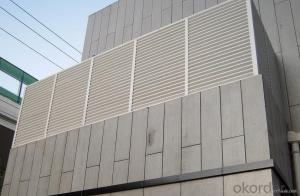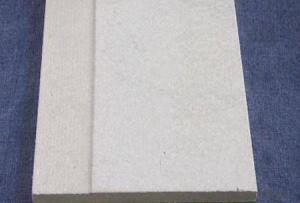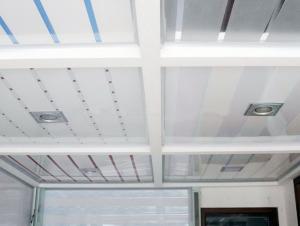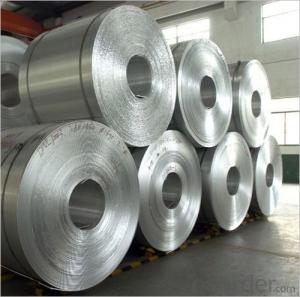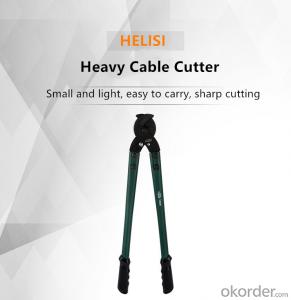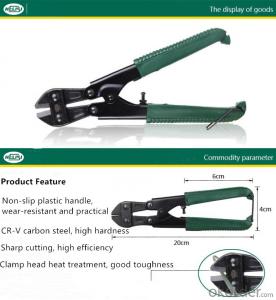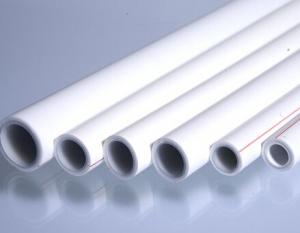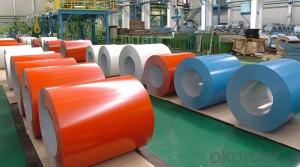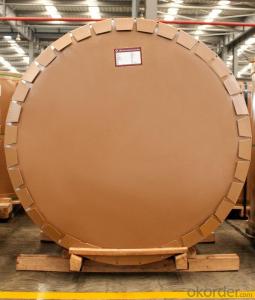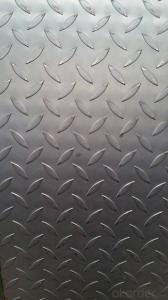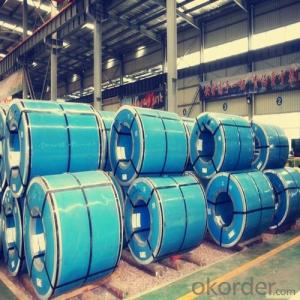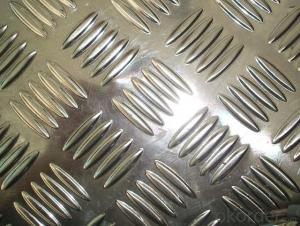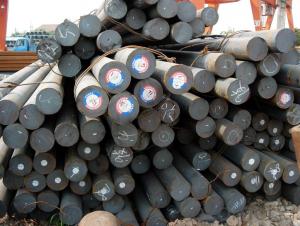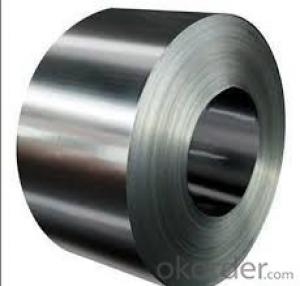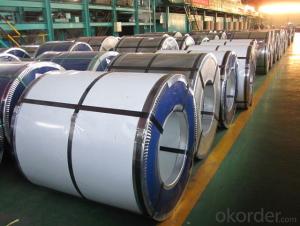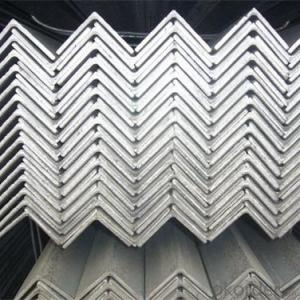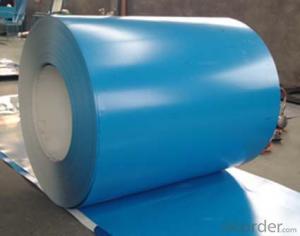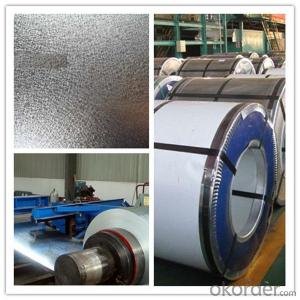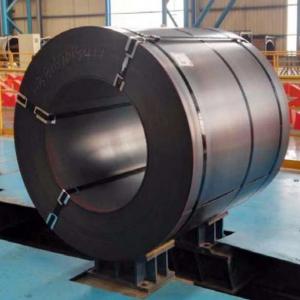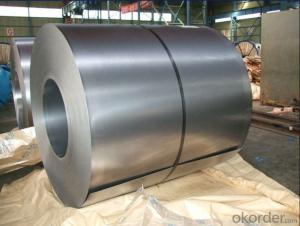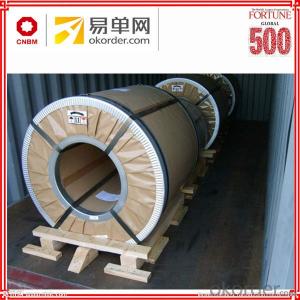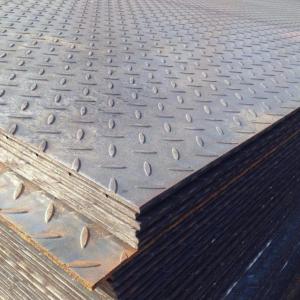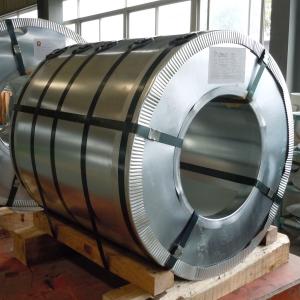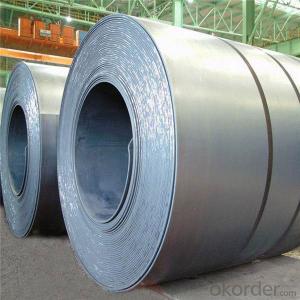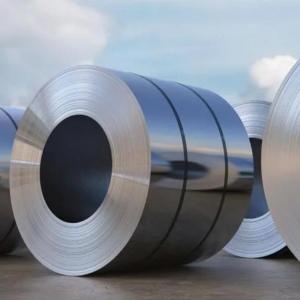Hot Rolled Coil Adalah
Hot Rolled Coil Adalah Related Searches
Hot Water Bags For Pain Relief Micro Inverter For Solar Panel Stainless Steel Bucket With Lid Hot Water Bottle With Hose Solar Panel With Ac Inverter Solar Panel With Inverter Kit Solar Panel Kits With Inverter Inverter With Solar Panel Aluminum Sheet With Holes Cover Ham With Aluminum FoilHot Searches
Steel Mesh Panels For Sale Stainless Steel Tank For Sale Stainless Steel Sheets For Sale Cheap High Tea Sets For Sale Stainless Steel Tanks For Sale Stainless Steel For Sale High Density Fiberboard For Sale Solar Hot Water Collectors For Sale Scaffolding For Sale In Uae Scaffolding For Sale In Ireland Scaffolding For Sale In Houston Price Of Shipping Containers For Sale Used Solar Inverter For Sale Portable Led Signs For Sale Stone Hot Water Bottles For Sale Aluminum Coil Stock For Sale Large Led Screens For Sale Aluminum Gutter Coil For Sale Used Aluminum Scaffolding For Sale 1/4 Aluminum Plate For SaleHot Rolled Coil Adalah Supplier & Manufacturer from China
Okorder.com is a professional Hot Rolled Coil Adalah supplier & manufacturer, offers integrated one-stop services including real-time quoting and online cargo tracking. We are funded by CNBM Group, a Fortune 500 enterprise and the largest Hot Rolled Coil Adalah firm in China.Hot Products
FAQ
- what do you think about it? Is it a good steel for the money? the knife that i have with that steel is the kershaw chill. good knife for the price
- 8Cr13MoV is a decent blade steel...not a great steel, but about as good as you will generally find without paying much higher prices. It's used by a number of well known knife makers... It's basically equivalent to AUS-8 and will work and hold an edge reasonably well for most basic cutting chores. *************************************** From Wikipedia, the free encyclopedia: 8Cr13MoV, a Chinese stainless steel tempered at the Rc56 to Rc58 range and used in the Tenacious, Persistence, Ambitious, Resilience, Grasshopper, Kiwi3 and Byrd lines of knives. Often compared to AUS-8, but with slightly more Carbon.
- All the steel straps that secure my deck and stair 6x6 posts to the concrete piers have some rust on them. Had bought a rust reducer to spray on them and repaint. As I went to do this I found that one of them is on its last legs, with the steel rusted through and bubbling up all up the sides of the straps. Since this is the end post on a row of 3 deck support posts, I was thinking of removing as much rust as possible, then paint with Rustoleum and cover lower post with something to keep water away from post and pier in the future? Was thinking of something removeable so I could check on it for further rusting. What do you folks with building experience think of this? Thanks.
- If these steel straps are rusting through and on their last legs, a coat of paint is going to be cosmetic at best. Replace these straps with new ones. The originals were either very poorly galvanized, or you live someplace with a very corrosive environment. In any event, paint can't save this sort of thing. Steel brackets serve a real purpose, and after they're weakened, they can't do that anymore. How would your home hold up in an earthquake, for example? What you're proposing doesn't sound safe.
- Steel coils are typically tested for strength and durability through a series of rigorous procedures such as tension and compression tests, hardness tests, and impact tests. These tests help determine the coil's ability to withstand various loads and impacts, ensuring that it meets the required strength and durability standards. Additionally, other tests like fatigue tests and corrosion resistance tests may also be conducted to further assess the coil's performance and longevity.
- Steel coils are an essential component in the manufacturing of storage systems due to their durability, strength, and versatility. These coils are typically made from high-quality steel and are created by rolling the steel into a coil shape. In the manufacturing process of storage systems, steel coils serve various purposes. One of the primary uses of these coils is for the construction of shelves, racks, and frames. These components provide the structural support necessary to hold and organize items within the storage system. The strength of the steel coils ensures that the storage system can withstand heavy loads and remain stable over time. Additionally, steel coils are also used in the production of storage system accessories such as brackets, hooks, and dividers. These accessories provide additional functionality and customization options for the storage system, allowing users to optimize their storage space based on their specific needs. Moreover, steel coils are often used as the material for doors and panels in storage systems. The coils are molded and shaped to create sturdy and secure doors that provide easy access to the stored items while maintaining the overall integrity of the system. These doors can be designed with various locking mechanisms to enhance security and prevent unauthorized access. Furthermore, steel coils are crucial in the manufacturing of mobile storage systems. These systems, such as mobile shelving units or compactors, are designed to maximize storage capacity in limited space. The flexibility and versatility of steel coils allow for the creation of movable components that can be easily adjusted and reconfigured to accommodate changing storage requirements. Overall, steel coils play a vital role in the manufacturing of storage systems by providing the necessary strength, durability, and versatility required for these structures. Whether it is for shelves, accessories, doors, or mobile systems, steel coils ensure that storage systems are reliable, secure, and efficient in organizing and storing various items.
- Stainless steel coils have various common uses in different industries. Some of the most common applications include manufacturing of kitchen appliances, automotive parts, construction materials, and medical equipment. Additionally, they are used in the production of pipes, tubes, and wire products, as well as in the food and beverage industry for processing and storage equipment.
- I am making a sword of 1060 carbon steel and would like to know how to heat treat it once it's ready, could anyone help please?
- I've okorder for back and forth communication. I could type up some lengthy post, you'd read it and be like I don't have that piece of gear and all my time is wasted.
- I am doing an assignment for my materials class, im not asking for the answer but just some help. I have the assignment finished and handed in but the teacher gave it back with one comment, he asked me to explain the grain growth in steel during hydraulic press bending. Im completely stuck, please help. Thanks.
- Well, I can't answer the question for you because, if the press bending is done cold, the grains will not grow (at least not with normal steel alloys). One wonderful thing about metallurgy is that the real answer is it depends because there are all sorts of weird and unexpected things that can happen. Cold work (which is what press bending is unless it is done hot or the amount of deformation is extraordinary high and fast so the metal heats up a lot locally) adds stored energy (strain energy) which provides one of the driving forces for recrystallization. Recrystallization is not a yes/no process, it is a process that happens as a function of time and temperature. Recrysallization of a cold worked structure will refine the grain size if done properly but the final stage of recrystallization is grain growth and you can end up with a larger grain size than you started with. The other thing that can affect grain structure is the deformation itself. There are all sorts of transformations that can happen due to the deformation process (twinning/martensitic is one) but, again, these don't usually qualify as grain growth. It may be that the question was incomplete, maybe the question is how does the press bending affect the final grain size after a subsequent anneal? The metallurgy of steels is fascinating because there are so many different microstructures that can be produced, hundreds (or thousand) different alloys, equilibrium and non-equilibrium phases based on composition and thermo-mechanical processing. Hope this helps
